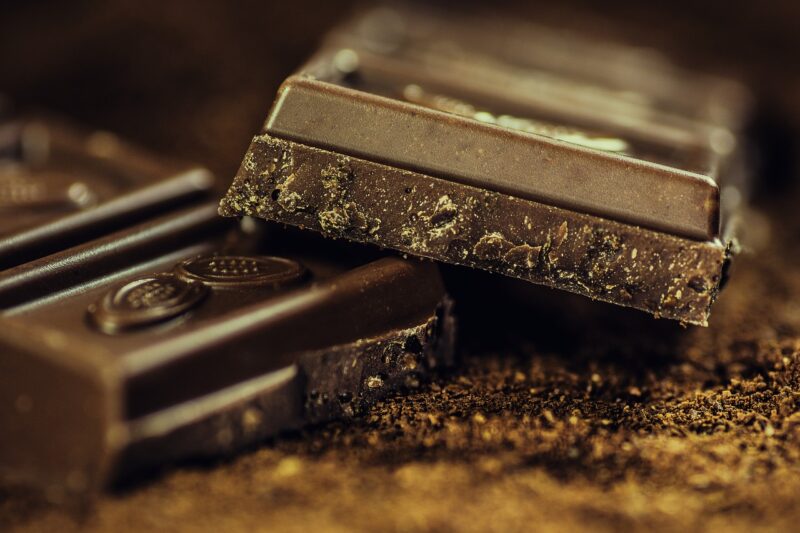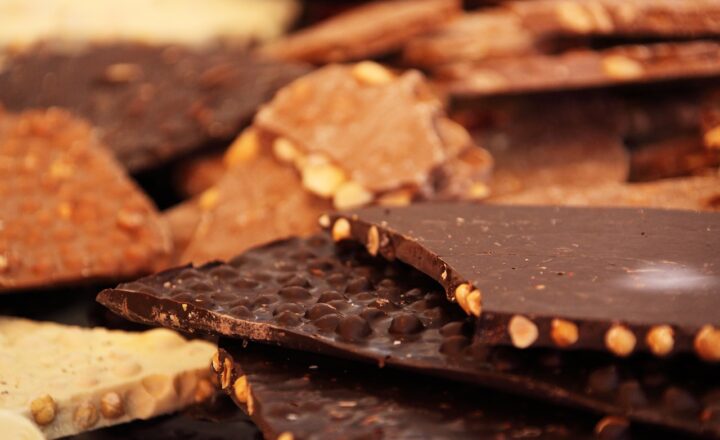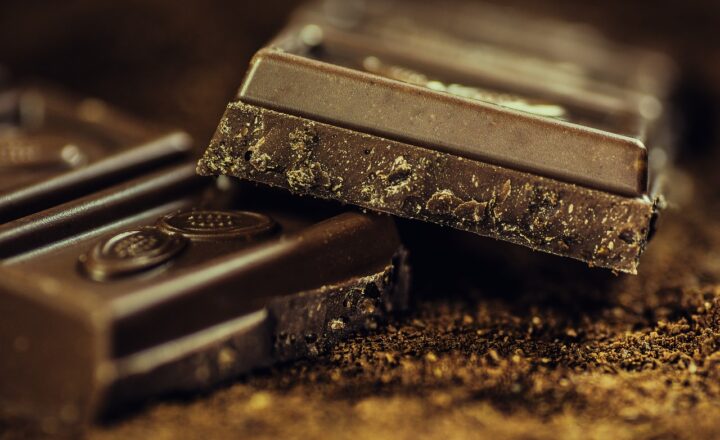Milk Chocolate vs. White Chocolate: How Each Is Made and Where They’re Used
November 12, 2024

Chocolate is more than just a sweet delight; it’s a cultural phenomenon that has captured hearts and appetites around the globe. Among the myriad types of chocolate, two that often spark debates among chocolate lovers are milk chocolate and white chocolate. While both are rich in flavor and used extensively in confections, baking, and culinary creations, the differences in their composition, taste, and applications are significant.
In this article, we will dive deep into the making of milk and white chocolate, explore their unique uses, and discuss why each has earned its place in the world of sweets.
1. The Basics of Chocolate
Chocolate begins its journey as cacao beans, harvested from the cacao tree. The beans undergo a sophisticated process of fermentation, drying, roasting, and grinding to create different types of chocolate. The primary ingredient in traditional chocolate products is cocoa solids, which contributes to the flavor and color, as well as cocoa butter, the fat content that provides creaminess.
However, milk chocolate and white chocolate take this foundational ingredient and twist it to create distinct experiences.
2. Making Milk Chocolate
Milk chocolate is adored for its creamy texture and rich flavor, making it a favorite for countless consumers. Here’s how it’s made:
- Ingredients: Milk chocolate typically consists of cocoa solids, cocoa butter, sugar, and milk powder or condensed milk. The milk component is what differentiates it from dark chocolate, providing that signature creamy flavor.
- Process: The cocoa beans are first fermented and roasted, and then the nibs are ground to form a chocolate liquor. This liquor is combined with cocoa butter, sugar, and the milk component. The mixture is refined through a conching process, which smooths the texture and enhances flavor. Finally, it’s tempered to stabilize the cocoa butter, allowing it to set with a glossy finish.
The end result is a delightful, slightly sweet chocolate that melts in your mouth, creating a perfect balance of cocoa strength and milky sweetness.
3. The Making of White Chocolate
Despite its popularity, white chocolate often raises eyebrows due to its lack of cocoa solids. Here’s how it’s crafted:
- Ingredients: White chocolate is primarily made from cocoa butter, sugar, and milk solids. The absence of cocoa solids is what categorizes it separately from traditional chocolate, resulting in its characteristic ivory hue and creamy texture.
- Process: The process is somewhat similar to milk chocolate. The cocoa beans are processed to separate the cocoa butter from the solids. The cocoa butter is then blended with sugar and milk powder, followed by conching and tempering. As it does not contain cocoa solids, white chocolate lacks the familiar chocolate flavor but offers a rich, sweet, and creamy taste.
Being sweeter and creamier, white chocolate appeals to those who prefer a milder taste, making it a versatile ingredient in many culinary applications.
4. Flavor Profiles and Textures
The primary distinction between milk chocolate and white chocolate lies in their flavors and butteriness.
– Milk Chocolate: The presence of cocoa solids gives milk chocolate a balanced flavor that combines rich chocolate notes with creamy undertones. Its melt-in-your-mouth texture is a result of the careful blending and conching process, which ensures that the cocoa and milk components harmonize beautifully.
– White Chocolate: Lacking cocoa solids, white chocolate relies heavily on the flavor profiles of cocoa butter and milk. The end result tends to be sweeter and smoother, making it an excellent dessert base or coating for fruits and confections. While some chocolate purists argue that it isn’t ‘real chocolate,’ it still holds a valuable place in the culinary world.
5. Culinary Uses of Milk and White Chocolate
Both types of chocolate are widely used across numerous culinary applications. Here’s a quick look at how each can be utilized:
- Milk Chocolate: It’s a staple in bars, candies, cookies, and many desserts such as mousses and ganaches. It can also be melted into sauces, used for dipping, or as a base for decadent treats.
- White Chocolate: Thanks to its creaminess and versatility, white chocolate is frequently used in dessert sauces, frostings, and as a coating for candies and biscuits. Its luxurious flavor pairs exceptionally well with fruits, especially berries.
Both milk and white chocolate offer unique culinary opportunities, catering to different taste preferences and enhancing the dessert experience.
6. Nutritional Considerations
When comparing milk chocolate and white chocolate from a nutritional perspective, there are a few considerations to keep in mind:
– Calories and Sugar: Both types of chocolate generally contain high sugar levels, but white chocolate tends to have an even higher sugar content due to the absence of cocoa solids, thus lacking the fibers and antioxidants found in milk chocolate.
– Fat Content: The fat content in both milk and white chocolate is similar; however, white chocolate lacks the benefits of cocoa solids, which provide some health advantages associated with dark chocolate consumption, such as flavonoids and antioxidants.
Overall, moderation is key regardless of the chocolate type you choose, as both can contribute to a well-balanced treat when enjoyed in appropriate amounts.
7. Conclusion
In the end, whether you favor the creamy sweetness of milk chocolate or the rich flavors of indulgent white chocolate, both have significant contributions to the world of desserts and confections. Understanding how each type is made, their unique flavor profiles, and their culinary uses allows us to appreciate the versatility and delightful flavors they offer.
Everyone has their preference, and the debate regarding which is superior will likely continue. However, one thing remains clear: both types of chocolate bring joy to countless individuals, each offering its unique taste profile and culinary possibilities.
So the next time you reach for a treat, consider experimenting with both milk and white chocolate to elevate your desserts and savor the delightful fusion they can create.






